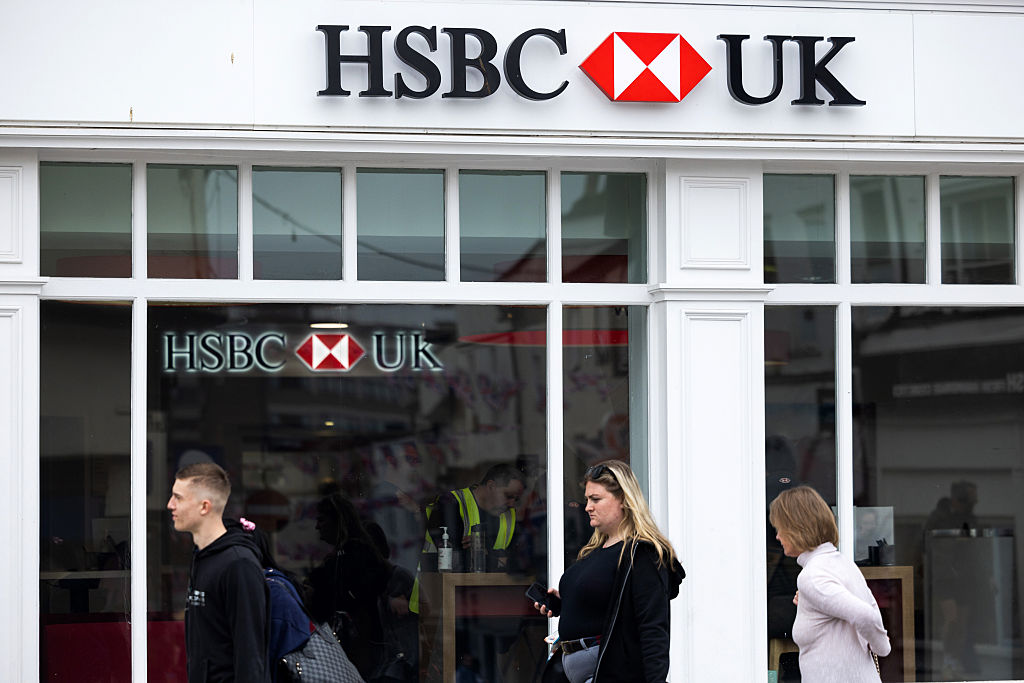ETFs are getting active - is your portfolio ready?
Active ETFs are on the rise, challenging old assumptions. Find out why more investors are choosing this transparent, liquid and tax-efficient fund structure as an active investment strategy.

If someone tells you their investment portfolio is mostly made up of exchange-traded funds (ETFs), what does that tell you about their approach to investing? Until recently, the obvious conclusion would be that they’re a passive investor – someone who prefers gaining exposure to broad market indices such as the S&P 500, FTSE 100 or MSCI World, rather than picking stocks that might outperform these benchmarks.
That assumption wouldn’t have been misguided. Over the past three decades, ETFs have, wrongly, become shorthand for passive investing. The world’s biggest ETF tracks the S&P 500. Broad, index-tracking ETFs dominate the inflow tables. But that association is starting to fray.
The wrapper advantage
An ETF is a fund structure, not an investment strategy. There's nothing about an ETF wrapper that confines it to passively tracking an index. It's a structure that can facilitate any strategy – including active ones. And increasingly, it does.
The United States is leading the charge. Currently, active ETFs account for almost 10% of all assets under management (AUM) within the US. In the UK, we’re still at the early stages. But change is underway. In recent years, well known asset managers, such as Jupiter Asset Management and Guinness Global Investors, have started offering their active strategies in an ETF wrapper. Looking at Europe as a whole, last year, the AUM of actively managed ETFs jumped by 68%.
Why now? For fund houses, this is about distribution. It makes sense to offer strategies across multiple wrappers – OEICs, investment trusts, and now ETFs. As the ETF wrapper becomes more familiar, particularly with younger investors, the logic is clear: meet the investor where they are.
Tax, liquidity and transparency
We believe investors increasingly favour owning their active strategies through an ETF wrapper. There are several reasons for this.
First, they can buy an ETF on a stock exchange throughout the trading day. There aren’t many products where customers are expected to agree to buy without knowing the exact price at the time of purchase. But this is common with mutual funds. When you place an order for a mutual fund on a platform, you typically receive the end-of-day price for the units in the fund, rather than the price when you submitted your order.
In contrast, ETFs are traded live on a stock exchange. When you buy an ETF through your platform, you transact at the current market price, providing greater transparency and immediacy. In an on-demand world, the mutual fund structure seems outdated and cumbersome.
Investors are also often drawn to the broader transparency ETFs offer. Unlike mutual funds, ETFs have traditionally disclosed their holdings daily, giving investors clear insight into what they own. While regulators are now easing this requirement, if the UK and Europe follow recent developments in the US, many asset managers are still likely to maintain full daily disclosure.
For many ETFs, there’s also a tax benefit. It’s different from the tax advantage that ETFs enjoy in the US, but still important. The majority of London-listed ETFs are domiciled in Ireland, allowing them to pay lower withholding tax on dividends from US shares - typically 15% instead of 30%. Many mutual funds don’t get this benefit. Over time, this tax efficiency can make a real difference to returns, especially for ETFs with a lot of US equity exposure.
Active will be the new normal
In a few years’ time, someone telling you they invest in ETFs won’t really tell you much about whether they are an active or passive investor. Saying you’re an ETF investor will simply mean you prefer a more transparent, liquid and tax-efficient way of accessing the market. The ETF, we believe, will become the default fund structure for most investors.
At HANetf, we're aiming to build Europe's most diverse lineup of truly active ETFs. No closet trackers or “shy active”. Rather, we are creating bold, differentiated actively-managed strategies - from thematic plays in healthcare and clean energy, to global and regional fixed income to high-conviction core equity – all within an ETF wrapper.
You can discover HANetf’s full range of active ETFs at hanetf.com.
Get the latest financial news, insights and expert analysis from our award-winning MoneyWeek team, to help you understand what really matters when it comes to your finances.
MoneyWeek is written by a team of experienced and award-winning journalists, plus expert columnists. As well as daily digital news and features, MoneyWeek also publishes a weekly magazine, covering investing and personal finance. From share tips, pensions, gold to practical investment tips - we provide a round-up to help you make money and keep it.
-
 HSBC promises to keep all of its bank branches open until 2027
HSBC promises to keep all of its bank branches open until 2027HSBC has extended its branch promise meaning all 327 of its branches will remain open until at least 2027
-
 Mortgage market reforms: how the FCA's new affordability rules could help you onto the property ladder
Mortgage market reforms: how the FCA's new affordability rules could help you onto the property ladderThe Financial Conduct Authority (FCA) will consult on a range of changes to mortgage lending rules in 2026 to help underserved borrowers

